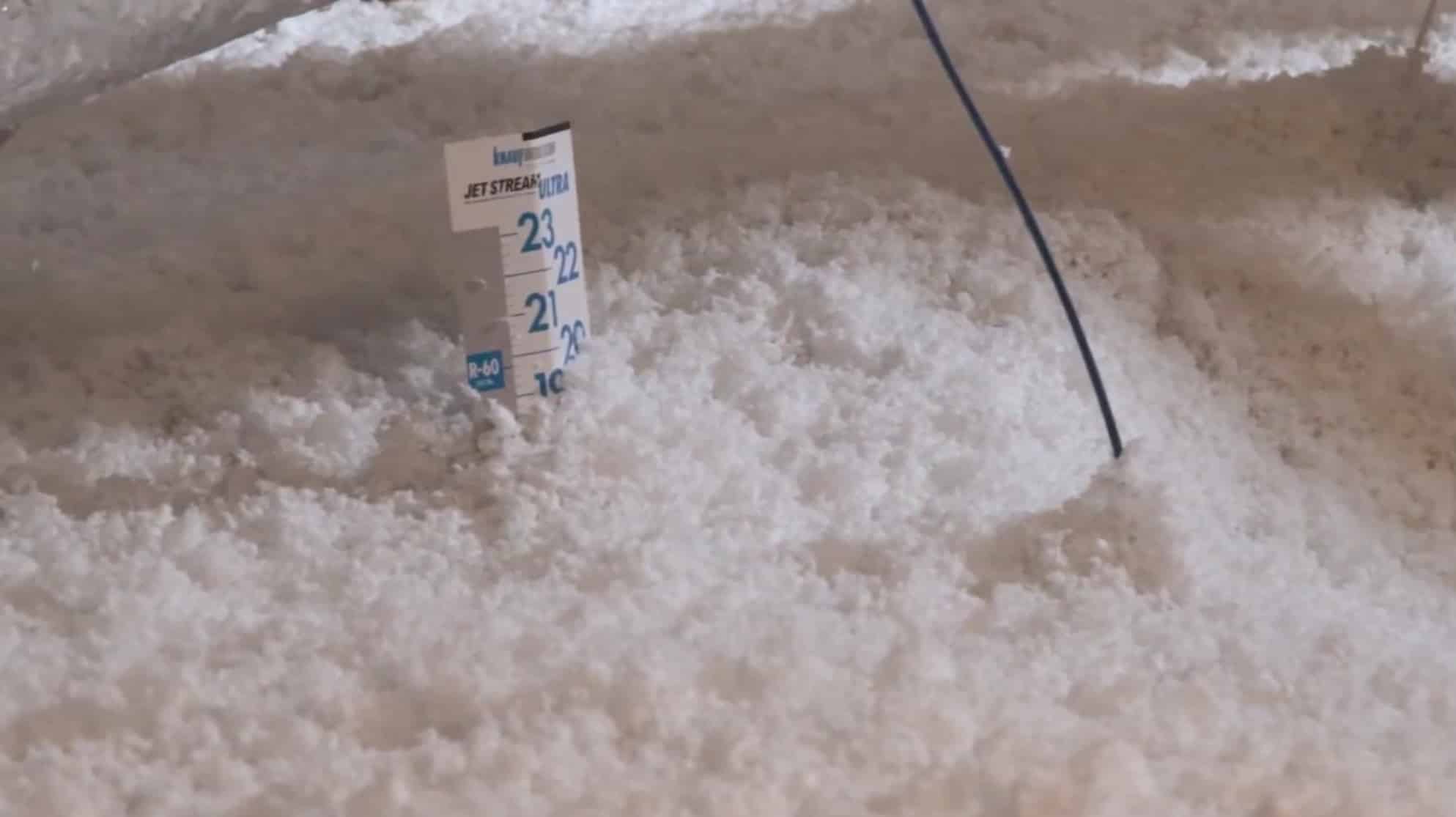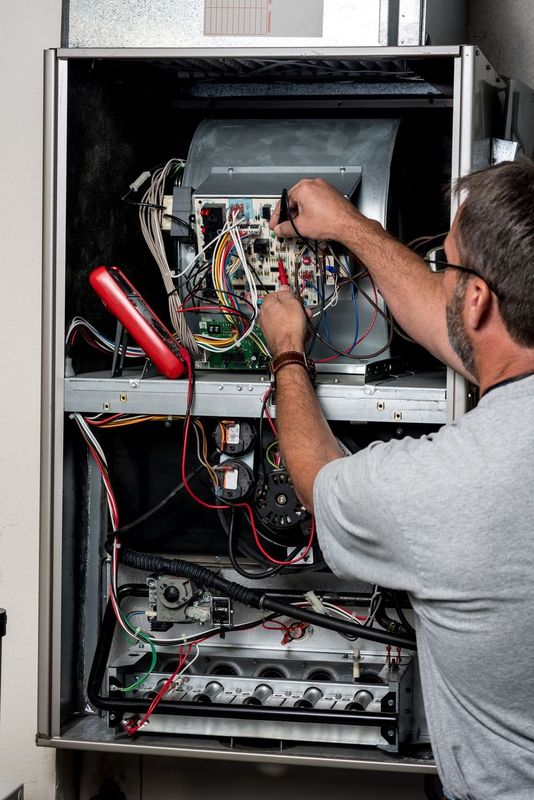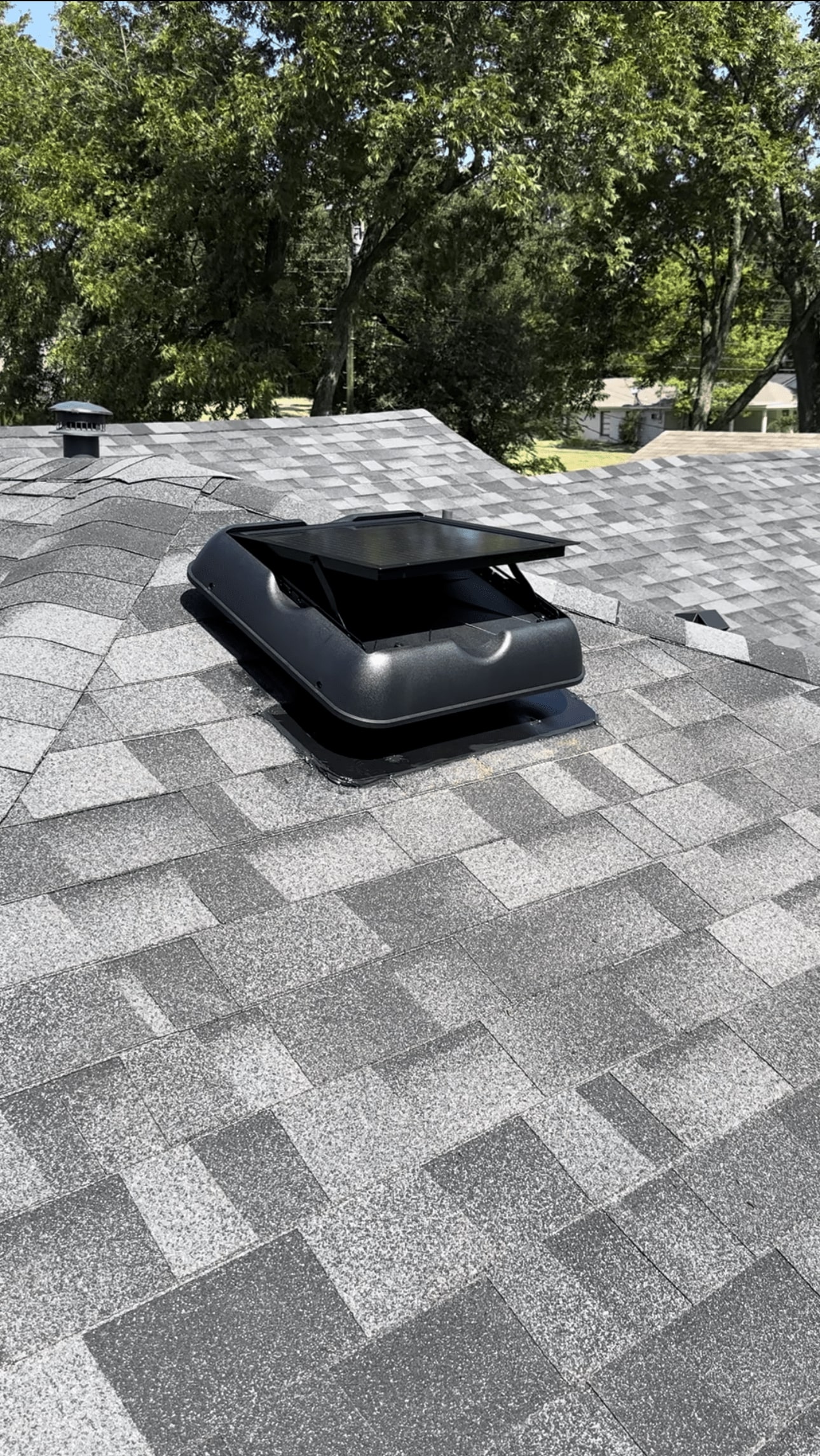The Greatest Guide To Green Attics
The Greatest Guide To Green Attics
Blog Article
Not known Facts About Green Attics
Table of ContentsHow Green Attics can Save You Time, Stress, and Money.More About Green AtticsNot known Facts About Green AtticsAll About Green AtticsNot known Facts About Green AtticsGreen Attics Can Be Fun For EveryoneThe 10-Minute Rule for Green Attics
Around the chimney. Building ordinance call for that air spaces between smokeshafts and flooring or ceiling settings up whereby they pass be secured with a non-combustible fire quit (see Number 5-3 and Figure 5-4). Along the edge of shared walls. There is frequently a space between the party wall (such as the shared wall surface in between systems in duplexes, triplexes and row homes) and the edge of the attic floor.
A hefty polyethylene sheet which is caulked with acoustical sealer and stapled to the ceiling encloses the electrical box. An electric cable diverts from the electrical box and down via a hole into an interior wall. Holes around electrical cords are full of caulking or foam sealer, and caulking seals voids along the top of the interior walls.
After air sealing, attic room ventilation is your 2nd line of protection versus the water vapour that may have discovered its means into the attic room. It ensures a chillier, well-vented attic room space less vulnerable to the formation of ice dams at the eaves.
More About Green Attics
You might have to locate roofing system or soffit vents from outdoors if they are not plainly visible from inside the attic. Homes with actually peaked roofs and easily accessible attic rooms are the most convenient to vent by utilizing the ratio of 1 to 300. This ratio refers to unhampered vent area to the protected ceiling location.

The following Components information the best technique depending on your attic room kind. After you have inspected the attic and carried out any remedial work, focus first on air and moisture control.
8 Simple Techniques For Green Attics
On the various other hand, spray foam uses air sealing and an initial layer of premium quality insulation that can be covered as much as the preferred RSI (R) level. If the attic room retrofit is being finished in conjunction with interior renovations, the most convenient technique is to install a new, solitary air and vapour obstacle on the underside of the ceiling joists.
Spray foam or inflexible board insulation can help connect the gap in this location. Cut inflexible board to fit between the ceiling joists and to expand from the exterior wall surface top plate toward the attic room.
Eliminate existing insulation from the area you are working on and establish it to one side. Cut foam boards to fit comfortably in between the trusses. Caulk all edges, voids and joints, see Figures 5-10 and 5-13. Obstructions, such as electric wires, will call for cuts in the barrier; seal these very carefully to make the obstacle constant.
Spray foam service providers can install closed-cell foam between the joists to air seal and add insulation at the very same time to the ceiling. All existing insulation and dirt must be eliminated first to allow for a great bond.
Green Attics Fundamentals Explained
(https://greenatt1cs.creator-spring.com/)
This gets rid of roofing venting and develops what is called a hot roof covering, where the attic room ends up being part of the conditioned (heated and cooled down) home room. This process might appropriate for some attic rooms, however do not continue without authorization from your structure assessor, and then just make use of a certified spray foam specialist that is acquainted with the process.
If there are blockages above the joists, such as with a truss roofing, it may be easiest to place batt insulation right into the joist areas and after that use loose-fill insulation to produce a full blanket of insulation over the joists and around all blockages. Loose-fill insulation is also great on its own, especially in irregular or blocked spaces.

Getting My Green Attics To Work
Usage baffles in between each rafter area to avoid it from being blocked (see Number 5-11). Protect above and listed below cross bracing, splitting or reducing the batt to accommodate the cross bracing as illustrated in Figure 5-12. Alternatively, cut one batt right into a series of wedges and after that fit a wedge under each brace.
The initial layer of batts should be thick enough to entirely fill up to the top of the joist area. The second layer can then run vertical across the joists to obstruct any warm circulation through and around the joists (see Number 5-13). HVAC repair. Make certain that there are no gaps between the 2 layers of insulation
Start at one end of the attic and spread out the covering. Number 5-11 Baffles can be made use of to maintain airflow with the soffit vents Text variation Exploded view of baffles in between attic room roof covering joists with arrows indicating air motion traveling from the outside, via an air vent in the ceiling overhang, and over the baffles.
The Main Principles Of Green Attics
Number 5-13 The leading layer of insulation runs vertical to the lower layer Text version Illustration of layers of batts of insulation between and over attic room joists. Batts in addition to joists are vertical to batts between joists. A polyethylene sheet is laid under both layers of insulation and connected to the top of attic joists by caulking and staples.

If the loose fill is deeper than the joists, construct insulation structure (a baby crib) around the attic hatch so that it can be filled to the edge (see Figure 4-7). The bags of insulation material will certainly detail the amount of square metres (or square feet) each bag must cover to supply the called for RSI worth.
The 2-Minute Rule for Green Attics
If you are having a specialist do the job, determine the RSI worth that you desire and examine the bags of insulation to be made use of. They need to indicate the location that bag will certainly cover at the chosen shielding worth. directory You and the specialist need to then settle on the overall number of bags to be utilized, the expected insulating value and the minimum settled depth of insulation throughout the attic, based on a specific density.
Report this page